The Yamato class battleships hold a special place in naval history. Popularly known as the biggest battleship to ever go to sea and carrying the most powerful guns, it is little wonder why these dreadnoughts are so endearing. However, there was so much more to these battleships that
1. The 18.1″ Turrets were Excellent
The Yamato class was the first battleship to utilize 18.1″ guns as well as the first Japanese battleship to carry triple gun turrets for the main battery. To accommodate three of the gigantic 18.1″ (46cm) guns, the Yamato class required an equally large turret. In addition, to protect against the most powerful guns that the Allies could muster would require armour of exceptional thickness. Japanese designers lavished incredible attention to the layout of the turret. The result was the most advanced turret design ever fitted to a Japanese battleship as well as one of the most impressive among any navy.
A popular description of the turrets of the Yamato class is that they weighed more than a destroyer. At just over 2,730 tons, it is little surprise that the biggest battleship carried the biggest turrets. Carrying three guns that weighed over 360,000lbs apiece and a massive slab of armour that was almost 26″ thick would result in a hefty turret. However, despite the immense weight of the turret and the massive 18.1″ (46cm) guns inside of it, the overall size was impressively compact.
Compare the turret of the Yamato class with the American Iowa class battleships:
| Yamato Class | Iowa Class | |
| Turret Length | 56′ 1″ | 50′ 7 1/2″ |
| Turret Height | 13′ 7″ | 9′ 10″ |
| Turret Weight | 2730 tons | 1708 tons |
| Turret Armor Front | 25.6″ | 17″ + 2.5″ |
| Turret Armor Side | 9.8″ | 9.5″ + .75″ |
| Turret Armor Roof | 10.6″ | 7.25″ + .75″ |
| Turret Armor Rear | 7.5″ | 12″ + .75″ |
| Individual Gun Weight | 363,000lbs | 267,900lbs |
| Gun Length | 69.3′ | 68′ |
| Rate of Fire | 1 round per 35 seconds | 1 round per 30 seconds |
| Loading Angle | 3 Degrees | 5 Degrees |
| Elevation Rate | 8 Degrees per Second | 12 Degrees per Second |
| Train Rate | 2 Degrees per Second | 4 Degrees per Second |
Despite the larger guns and heavier armor, the Yamato class turret was not that much larger than that found on the Iowa class. That is an impressive feat of engineering unto itself.
Even more impressive than the size of the turret was the equipment inside of it. The Yamato class utilized a unique sliding cradle behind each gun. The shells, weighing up to 3,218lbs, were lifted up to a tray at the end of the cradle. The entire cradle then slid forward on rails, moving the tray to the breech where it would be rammed inside the chamber. Then, the cradle would retract backwards. This allowed the powder tray to lift all six powder bags, each weighing 121.25lbs (55kg), into position behind the
The Yamato class enjoyed one of the most compact turrets available to a battleship despite the fact that it carried the largest naval guns ever mounted to a battleship. In addition, the layout was excellent and the equipment inside was superb. A great achievement for Japanese designers!
2. Comprehensive Armor Layout
As a warship designed to engage the most powerful battleships likely to be brought against it, the Yamato class featured a tremendous amount of armor protection. Almost 23,000 tons of armour was used on the Yamato class and Japanese designers intensively studied the most effective methods for utilizing this armour.
| Armor Class Armour Figures | |
| Belt: | Yamato 410mm (16.1″) Musashi 400mm (16″) |
| Lower Belt: | 200mm (7.9″) |
| Traverse Bulkheads: | 340mm (13.4″) – 300mm (11.8″) |
| Deck: | 200mm (7.9″) – 230mm (9″) |
| Conning Tower: | 500mm (19.7″) |
| Barbettes: | 380mm (15″) – 560mm (22″) |
| Turrets: | |
| Front: | 650mm (25.6″) |
| Top: | 270mm (10.6″) |
| Sides: | 250mm (9.8″) |
Yamato class were the first production battleships in Japan to adopt the “All or Nothing” armour principle. This ensured that Armor was maximized at the areas that needed it most while it was minimized in less important areas of the battleship. Therefore, the most vulnerable areas of the Yamato class (Magazines, machinery) were encased in a heavily armoured box known as a citadel. The citadel was flanked by the armoured belt (16″ & angled at 20 degrees) and capped by the armoured traverse bulkheads (11.8″ – 13.4″) forward and aft. The upper section of the citadel was covered by the armoured deck (7.9″ – 9″). This armour scheme was sufficient to provide an immunity zone against 46cm (18.1″) shells at ranges between 21,800 and 32,800 yards. The deck was designed to resist the momentum of a 1000kg (2200lb) bomb dropped from 3,400 meters. A monstrous amount of
When using the “All or Nothing Principle”, the armour was to be condensed to the vitals. Japanese designers took this a step further by seeking ways to make the vitals even smaller, allowing for the armour protection to be enhanced to its absolute maximum. They succeeding in shrinking the length of the citadel to a mere 55% of the ship’s overall length, a remarkable achievement. While this would seemingly leave 45% of the ship’s hull exposed, Japanese designers countered this by extensively compartmentalizing with some 1147 different compartments (1065 below the armoured deck). The citadel was also designed to provide an immense amount of buoyancy, enough to keep the ship afloat even with the bow and stern heavily flooded. This helped mitigate the effects of damage to the hull, ensuring that the Yamato class could withstand damage and keep fighting.
The Yamato class was not just protected against threats above the waterline, they also featured the greatest underwater protection fitted to a Japanese battleship. A torpedo belt 5.1 meters (16.7′) deep protected the ship from torpedoes and mines. The torpedo belt was backed by the ship’s 200mm lower belt, designed to protect against shells striking the hull underwater (However, this feature turned out to be a liability in practice) and act as the main holding bulkhead. Outside of the ship’s torpedo belt, further protection against flooding was provided by the extensive compartmentalization mentioned already. Flooding would be contained to the compromised areas while the rest of the hull would remain watertight and bouyant. Using her volume, compartments, and a vast system of pumps, the Yamato class were expected to withstand a torpedo strike and still return themselves to an even keel despite the flooding.
3. The Sloped Forward Deck
A unique feature of the Yamato class was the gentle slope of the deck in the vicinity of the forward 46cm turrets. After sloping downwards, the deck would curve gracefully upwards again all the way to the ship’s bow.
Don’t let the beautiful lines fool you, the purpose of this bow was more than aesthetics! The sloping deck helped reduce the height of the turrets as well as the barbettes they rested on. Each main battery turret, weighing over 2500 tons, could make the ship very top-heavy if they were located higher up on the ships’ hull. The deck allowed them to be lowered. Though the height reduction was modest, maybe only around 10′, it still contributed to the ship’s overall stability.
The deck also helped contribute to the protection of the Yamato class. By lowering the turret height, the height of the barbettes could also be lowered as well. This meant a reduction in the barbettes exposed outside of the citadel, increasing protection. This also saved having to armour taller barbettes, saving tonnage that could be used for protection elsewhere on the battleships.
Overall, the use of a sloping deck was not particularly advanced, but it was extremely effective and a further testament to lengths Japanese designers were willing to go to enhance the ship’s capabilities.
4. The Biggest Battleship was Fast!
Despite being the biggest battleship, the Yamato was relatively fast for her gargantuan size. Generally, the phrase “biggest battleship” and “fast” do not go well together in the same sentence. However, Japanese designers successfully managed to squeeze every bit of speed they could from the class.
Japan started with developing a hull that was as hydrodynamic as possible. During the development phase, some fifty different models tested to find the ideal hull shape. Japan went even further and applied features such as a bulbous bow to further enhance the hull form. The result was an extremely efficient hull of a design unique among Japanese dreadnoughts.
The powerplant of the Yamato class was provided by twelve Kampon boilers supplying steam (of 700 degrees) to four turbines. These turbines each drove their own shaft connected to a screw of 6m (20′). Though the system was rated at 150,000shp, Yamato was able to generate 153,553shp on her trials. This was enough to propel the huge battleship to 27.5 knots. Musashi exceeded this figure when her powerplant reached 166,500shp and drove her to 28 knots.
| Yamato | North Carolina | Richelieu | Bismarck | King George V | |
| Powerplant: | 150,00shp | 121,000shp | 155,000shp | 148,116shp | 110,000shp |
| Speed: | 27.5knots | 28 knots | 32 knots | 30 knots | 28 knots |
| Range: | 7200nmi | 17400nmi | 9500nmi | 8870nmi | 15600nmi |
While the Yamato class would not be setting any speed records, they were still impressively fast given their size. Even more importantly, most battleships only enjoyed a knot or so advantage over the Yamato class.
Overall, the fact the Japanese designers were able to squeeze so much speed from the Yamato class is a major feat unto itself. Even with massive guns and incredible amounts of armour protection, the Yamato class was capable of achieving respectable top speed, making the ships relatively balanced.
5. Excellent Protection of the Ship’s Aircraft and Boats
The Japanese Navy placed a lot of thought into the design of the Yamato class. One area of consideration was the effect that the muzzle blast of her 18.1″ guns would have upon equipment stored on her decks. Japanese designers developed several innovative ways to reduce the damage from muzzle blast. One of the most interesting methods involved the storage of the battleship’s spotting aircraft and boats.
The Yamato class utilized a lowered quarterdeck. Aircraft were stored inside a below-decks hangar where they could be rolled via rails to a hold located on the quarter deck. From there a crane would hoist them out and place them on one of the battleship’s catapults or on a system of rails mounted on the weather deck.
The ship’s boats were stored in no less than four hangars. Smaller boats were stored in two smaller hangars mounted on either side of the aircraft hangar. The boats would be rolled on their own system of rails to the quarterdeck. The same crane that serviced the aircraft would also handle the smaller boats.
Larger boats were stored in two large hangars mounted inside the hull. A hatch could be opened that allowed the boats to be moved outside via an overhead rail and crane system. The overhead system allowed the boats to be moved outside the hull and lowered into the water directly. This same system could then be used to lift the boats out of the water and moved back inside the hull.
Both the ship’s boats and aircraft, safely tucked away inside the hangars, were granted a significantly higher level of protection than they would be on other battleships. Though the hangars were mounted outside the citadel, meaning they were still vulnerable to bombs and heavy shells, they were still protected against shrapnel, aircraft gunfire, and the elements. It also allowed the 18.1″ guns to fire without fear of damaging the delicate equipment.
The placement of the aircraft and boats at the stern allowed for uncluttered decks. Additional deck space allowed for more anti-aircraft guns and other equipment to be installed. Other battleships during the War generally had to give up their ship’s boats to free up space. The downside to her hangars was that they consumed interior volume. However, due to the immense size of the Yamato class, the loss of space did not affect crew accommodations that badly, if at all.
Overall, the Yamato class might have enjoyed the most superior accommodations for her aircraft or ship’s boats without affecting her fighting ability
Final Thoughts on the Yamato Class
For Yamato and Musashi, they had a lot more going for their design rather than simply holding onto the title of being the world’s biggest battleship. They were technological marvels compared to the dreadnoughts that came before them. Japan’s naval designers gave considerable thought about the overall design and developed several innovative ways to better enhance the capabilities of the class. Sadly, the quiet careers of the ships somewhat overshadows their enormous potential. Still, the Yamato class hold a special place in the minds of many naval historian enthusiasts and for good reason!
Further Reading and Other Links
Want to follow Navy General Board on Social Media? Check us out on the platforms below!
- YouTube
- The Navy General Board Forum
- Want to help the site continue to expand? Support us on Patreon.
More Great Articles
Enjoy reading about the biggest battleship? Check out some more great articles below!
The Fastest Warships of World War II
Life aboard a US Navy Battleship During the Korean War.
The Largest Cruisers of World War II
The Malta Class: The Carriers that Never Were
Stories from the Navy with Buddy Stewart
Check out Awesome Guest Articles!

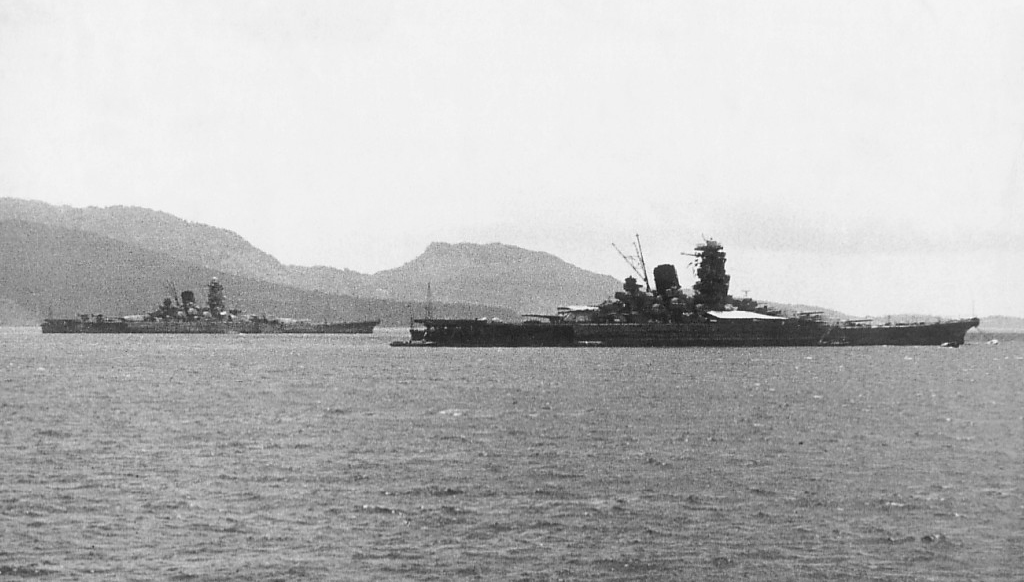
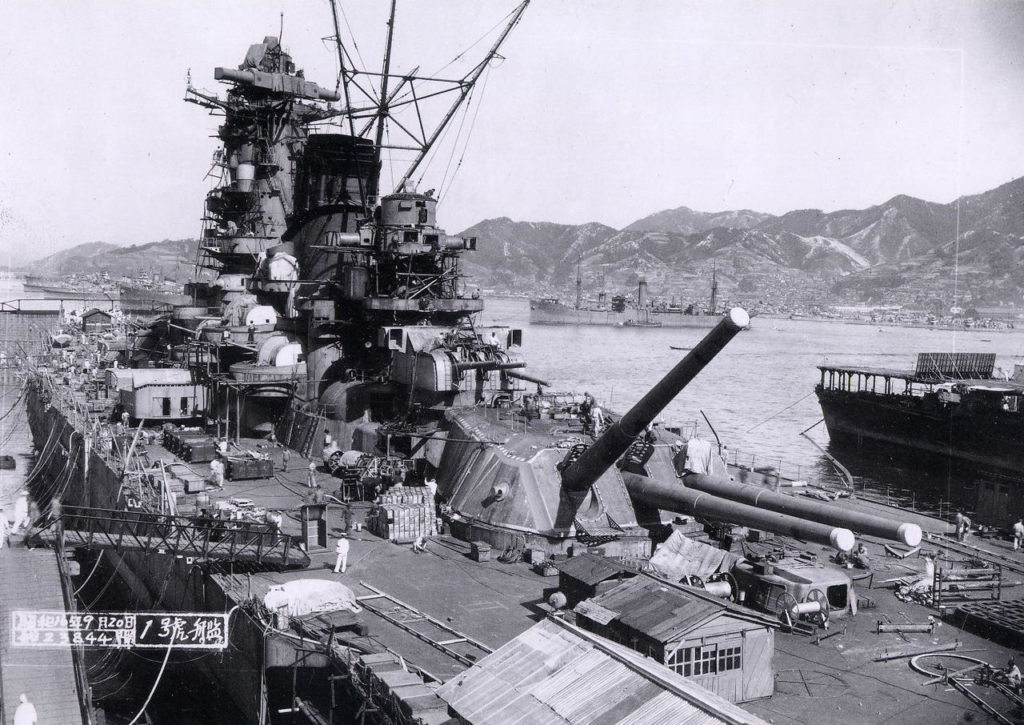
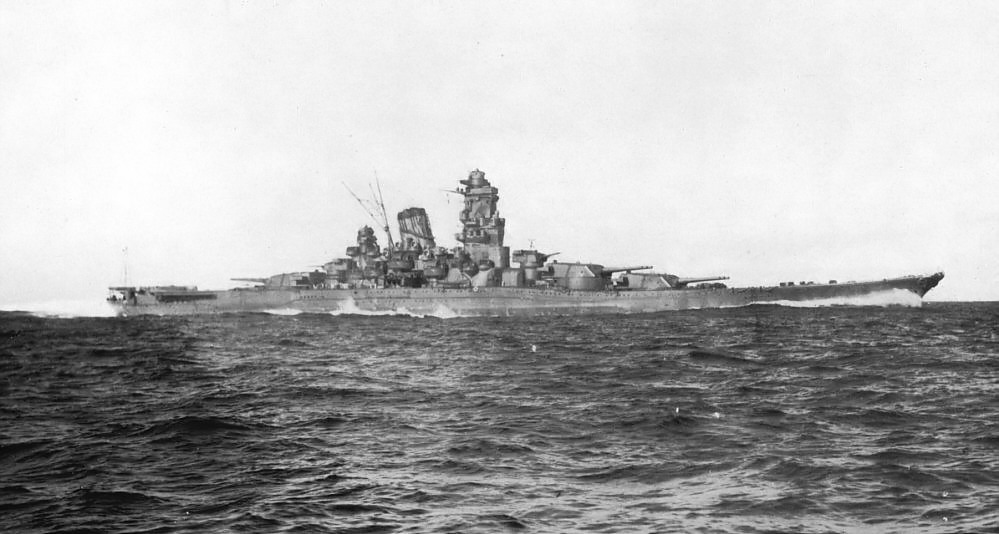
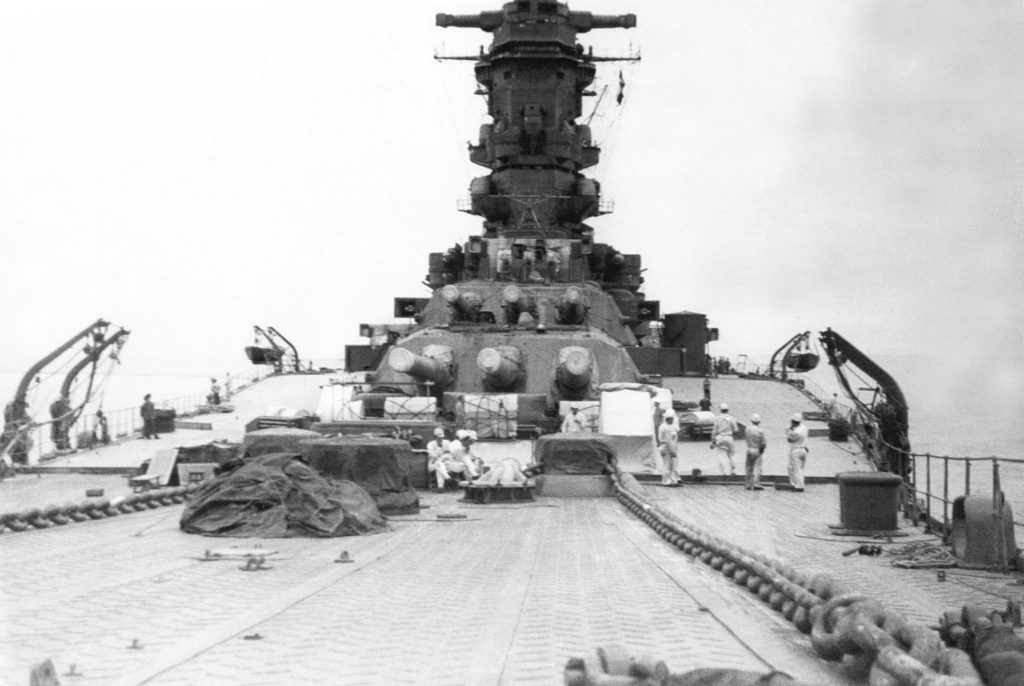
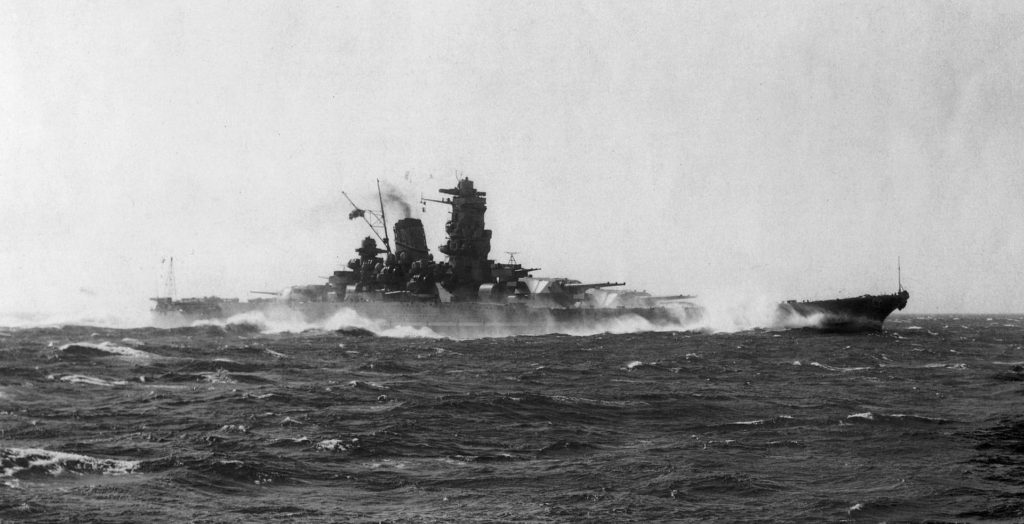
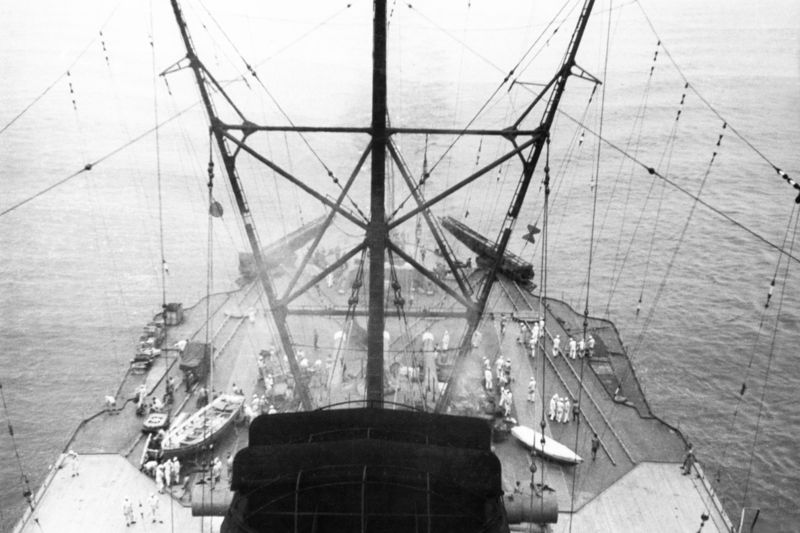
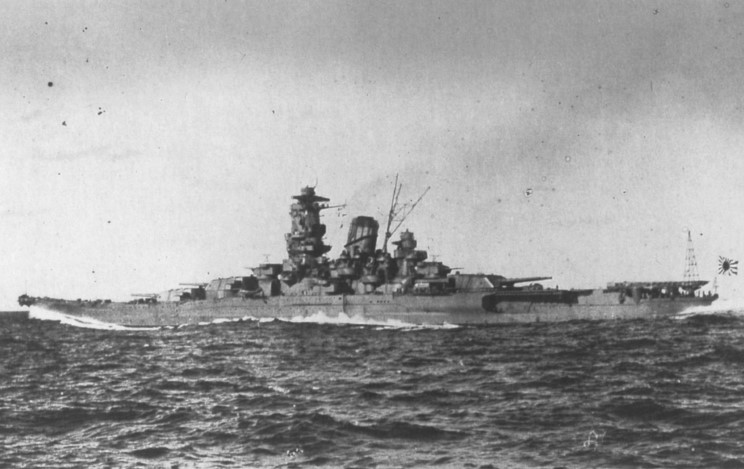

Recent Comments